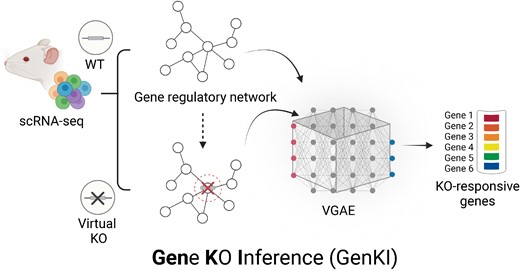2024-03-12 テキサス大学オースチン校(UT Austin)
<関連情報>
- https://news.utexas.edu/2024/03/12/first-recognition-of-self-in-the-mirror-is-spurred-by-touch/
- https://www.cell.com/current-biology/abstract/S0960-9822(24)00170-2
触覚の定位が鏡マークテストにおける幼児の自己認識を促進する Tactile localization promotes infant self-recognition in the mirror-mark test
Lisa K. Chinn,Claire F. Noonan,Katarina S. Patton,Jeffrey J. Lockman
Current Biology Published:March 04, 2024
DOI:https://doi.org/10.1016/j.cub.2024.02.028
Highlights
•Self-reaching while facing a mirror promotes mirror self-recognition in human infants
•Human mirror self-recognition has sensorimotor origins
•Self-touch is a foundation of self-awareness
Summary
Mirror self-recognition has been hailed by many as a milestone in the acquisition of self-awareness with respect to phylogenesis and human ontogenesis.1,2,3,4,5,6Yet there has been considerable controversy over the extent to which species other than humans and their closest primate relatives are capable of mirror self-recognition, and to the mechanisms that give rise to this ability.1,7One influential view is that mirror self-recognition in humans and their closest primate relatives is a cognitive advance that is a product of primate evolution, stemming from more recently evolved neural structures and networks that develop through experience-independent mechanisms during ontogenesis.1In contrast, we show that the development of mirror self-recognition in human infants is a perception-action achievement, building on infants’ ability to localize and reach to targets on the body. Infants who were given experience reaching to tactile targets on their bodies in the months prior to recognizing themselves in a mirror achieved mirror self-recognition earlier than infants in either a yoked age-matched control group or a longitudinal control group without such experience. Our results demonstrate that self-touch functions as an intermodal gateway through which infants learn how to localize and reach to stimuli on their bodies, including those that can only be seen in a mirror. These findings identify an overlooked role for the routine activity of self-touch in establishing a representation of the body and suggest that the development of human self-awareness is rooted in self-directed action.



